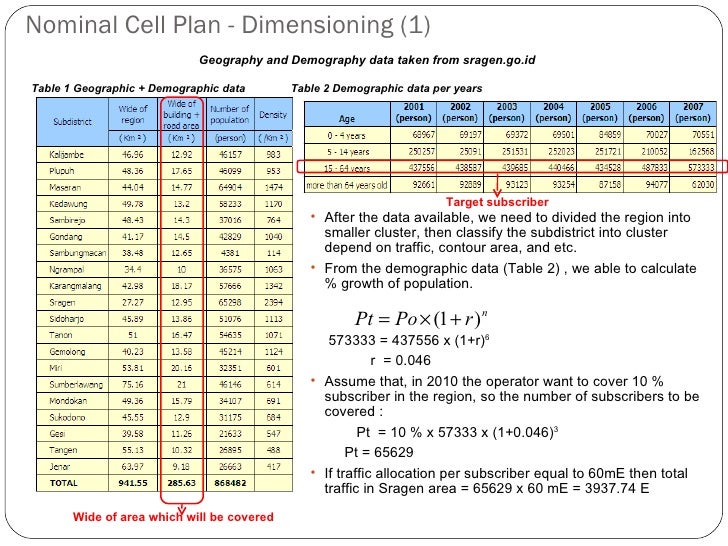Gsm Cell Planning Software
ATOLL RF Network Planning, Design, Optimisation Software is a comprehensive multi-technology radio planning and optimisation platform which includes unified multi-technology GSM/UMTS/LTE/NB-IoT (3GPP) and CDMA/LTE/NB-IoT (3GPP2) traffic models, Monte Carlo simulators, and ACP (Automatic Cell Planning) module. Planning and Design of a Cellular Mobile Communication Network Using GSM Technology. In Celplanner software, the planner needs to cover an area. (global system for mobile communications.
Received power in downlink in a GSM900 cellular network in a city (in a hilly environment) Cellular TDMA networks like GSM or GPRS/EDGE require network planning because of the frequency reuse and the requirement of sufficient co-channel interference at each mobile location. Accurate propagation models are therefore required for a detailed analysis of the scenario. Besides coverage also the max. Achievable data rates are of interest for the network planning.
Samsung Gsm Software
In systems like GPRS or EDGE, adaptive channel coding and modulation schemes lead to location dependent peak data rates. ProMan's network module NET-T can provide all required output for the planning of GSM and GPRS/EDGE networks in various frequency bands. Parameters of GSM/GPRS/EDGE in WinProp The properties of the GSM/GPRS/EDGE air interface are pre-defined in WinProp's TDMA module (for different frequency bands used for GSM/GPRS/EDGE around the world).
ProMan in combination with the PRO-T module is therefore ideally suited for the simulation of GSM & EDGE networks. The user can optionally modify the following parameters of the TDMA settings to adapt the TDMA module to the properties of the actual network: Max. Achievable data rate in an EDGE900 network (in downlink in a city). General parameters related to TDMA. Bandwidth. Star wars insider download.

Nr of time slots in a frame. Duration of time slots, frames, and guard periods. Power backoffs for pilot, control, and data (either default for all cells or individually for each cell). Cell assignment mode and min. Required thresholds for SNIR and signal level. Transmission Modes. MCS (modulation and coding).
Number of parallel used time slots (e.g. For HSCSD). Min.
Required SNIR (and optionally signal level). Tx power backoff Simulation of GSM & EDGE Networks Max received power (in downlink) in a GSM900 network Besides the classical cell assignment, WinProp's TDMA module provides the following simulation results:.
Cell assignment. cell area. max. Number of received carriers/transmitters/sites (in downlink). received power in mobile station. total received interference and noise. Control channels.
Received signal level and SNIR for control channels. For each transmission mode at each pixel:. min. Required Tx power at mobile station (UL) and base station (DL). max. Received Rx power at mobile station (DL) and base station (UL). max.
Achievable SNIR in downlink and uplink. reception probability (DL and UL). For the mobile stations in the simulation area (i.e.
For each pixel in the area):. max. Achievable data rate for a single user at the pixel (downlink and uplink). max. Achievable throughput (for multiple users) at the pixel.